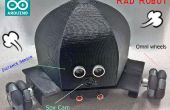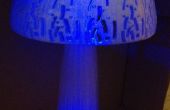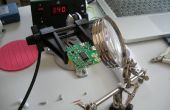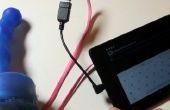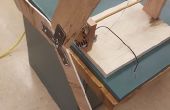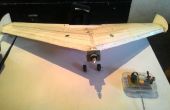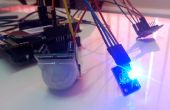Paso 5: Sentido capacitivo.
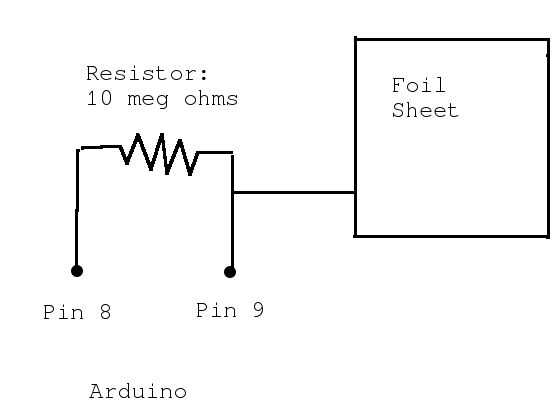
código de < >
#include <CapacitiveSensor.h> /* * CapitiveSense Library Demo Sketch * Paul Badger 2008 * Uses a high value resistor e.g. 10 megohm between send pin and receive pin * Resistor effects sensitivity, experiment with values, 50 kilohm - 50 megohm. Larger resistor values yield larger sensor values. * Receive pin is the sensor pin - try different amounts of foil/metal on this pin * Best results are obtained if sensor foil and wire is covered with an insulator such as paper or plastic sheet */ CapacitiveSensor cs_4_2 = CapacitiveSensor(4,2); // 10 megohm resistor between pins 4 & 2, pin 2 is sensor pin, add wire, foil CapacitiveSensor cs_4_5 = CapacitiveSensor(4,5); // 10 megohm resistor between pins 4 & 6, pin 6 is sensor pin, add wire, foil CapacitiveSensor cs_4_8 = CapacitiveSensor(4,8); // 10 megohm resistor between pins 4 & 8, pin 8 is sensor pin, add wire, foil void setup() { cs_4_2.set_CS_AutocaL_Millis(0xFFFFFFFF); // turn off autocalibrate on channel 1 - just as an example Serial.begin(9600); } void loop() { long start = millis(); long total1 = cs_4_2.capacitiveSensor(30); long total2 = cs_4_5.capacitiveSensor(30); long total3 = cs_4_8.capacitiveSensor(30); Serial.print(millis() - start); // check on performance in milliseconds Serial.print("\t"); // tab character for debug windown spacing Serial.print(total1); // print sensor output 1 Serial.print("\t"); Serial.print(total2); // print sensor output 2 Serial.print("\t"); Serial.println(total3); // print sensor output 3 delay(10); // arbitrary delay to limit data to serial port } < / código >
